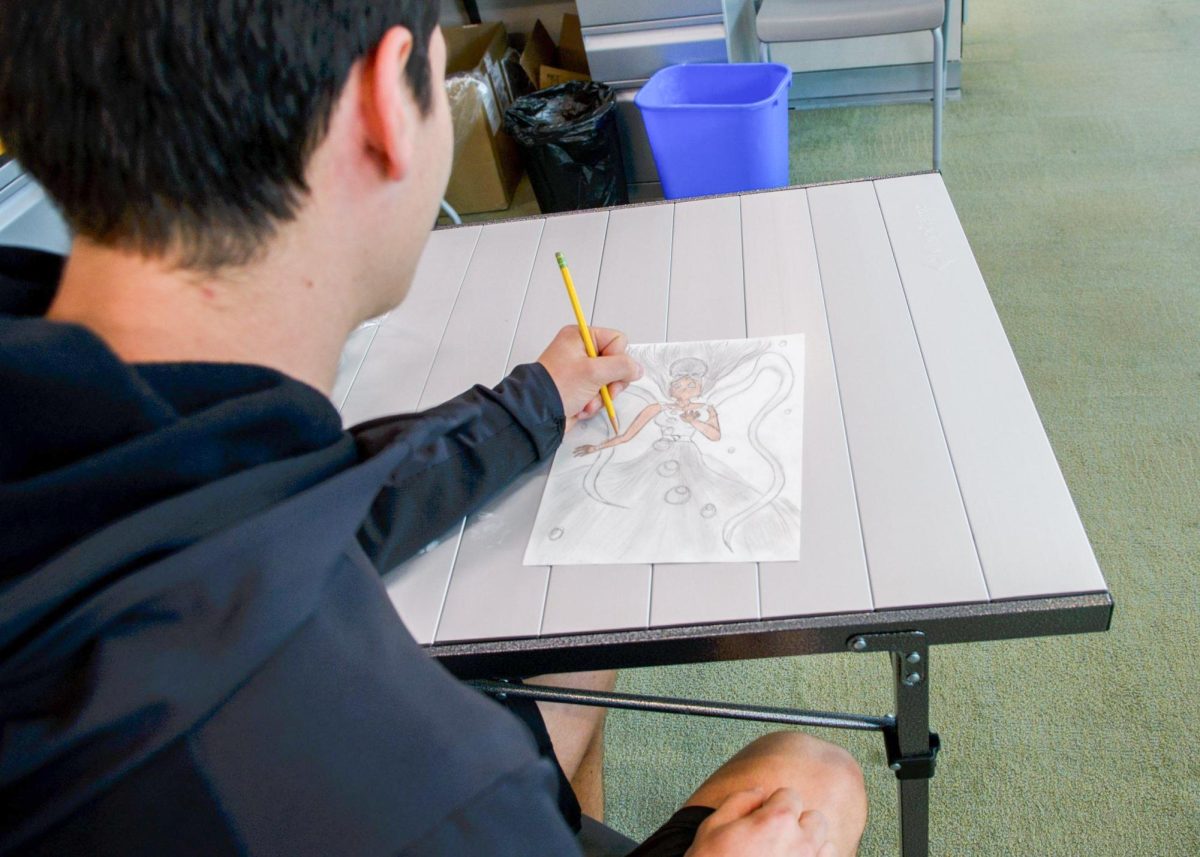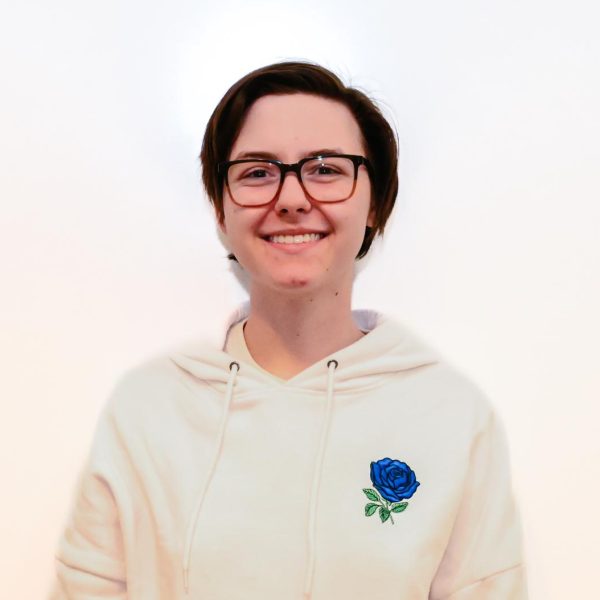Winter is a hard time of year for many people. The temperature dips to nearly unbearable levels, large bouts of snow confine people to their houses, and the sun slips away much sooner than it used to. Winter can seem rather dismal once the holidays have come and gone, and that largely affects the mental health of many.
Seasonal Affective Disorder is a subset of depression that corresponds with a change in seasons. It’s often correlated with the lack of proper sunlight during the winter months, as people absorb less vitamin D and produce fewer neurotransmitters like serotonin. That combination creates a perfect storm, increasing the risk of depression and other negative symptoms. (1)
The cycle of SAD is self-fulfilling. The cold weather and early darkness make people less likely to leave the house, which contributes to depression; that depression also makes people less likely to engage in behaviors that they enjoy. The best way to combat this type of depression is to take action as soon as it encroaches upon everyday life–but how?
A very effective way to fight against the depression caused by SAD is through art. Art, of course, has long been a therapeutic method for nearly every mental illness, but it is especially helpful for those struggling with SAD. There are many unique artistic tactics that artists can use to fight against the specific depressive state that SAD brings–here are a few of those.
Seasonal Affective Disorder is unique in that it is situational, meaning that it is likely to become less aggressive once the long winter ends. One thing that can be useful to combat SAD, whether being an artists or not, is a creative collage or vision board. This can take on any form. People suffering from SAD can create a scrapbook, paste together photos of their favorite memories from sunnier days, or write down things that they are looking forward to when the winter is over.
Vision boards can help orient the brain toward life’s positive experiences. Instead of focusing on the depression, a vision board can help with looking forward to things that are yet to come. It gives people a visual representation of their goals. Even looking at a picture of the beach can be a powerful tool for those who are yearning for warmer times.
Although it may be more barren than the rest of the seasons, winter can create beautiful scenes in nature. Creating collages or other three-dimensional art pieces out of pinecones, twigs, leaves or straw can help some reconnect with nature and find a way to get outside, even if only for a moment. Breathing fresh air is important, no matter how cold. Plus, it can help to see the beauty in even the emptiest of winter days.
For those who don’t feel like getting their hands dirty, there is also the option of scenic portraits or photography. It only takes a moment to step outside and capture a photo of a beautiful winter scene, and sometimes just viewing it from the window can help. If the scene isn’t the most beautiful, take that as a challenge to make it that way. Take creative liberties and create something beautiful.
Art is also useful in that it can provide entertainment while basking in a sun lamp. Sun lamps are small, portable light sources that can mimic sunlight. They are effective for those with SAD in the short term, and a little bit of exposure per day can alleviate dark symptoms. Try engaging in art while spending time in a sun lamp; combining two tactics at once could make symptoms even less intrusive.
Of course, if symptoms become too much to handle, there is no shame in consulting mental health professionals. Depression is never something anyone should have to face on their own, and confiding in people they trust is always the best option for those who are struggling. Always try to remember that warmer days and better moods are ahead.
For those who are seeking art therapy and community-based work, UMass Boston’s Art for Mental Health Club can be a perfect place to go. UMass Boston also offers a wide array of mental health counselors and group therapies that can be accessed at any time.
(1) https://www.nimh.nih.gov/health/publications/seasonal-affective-disorder



